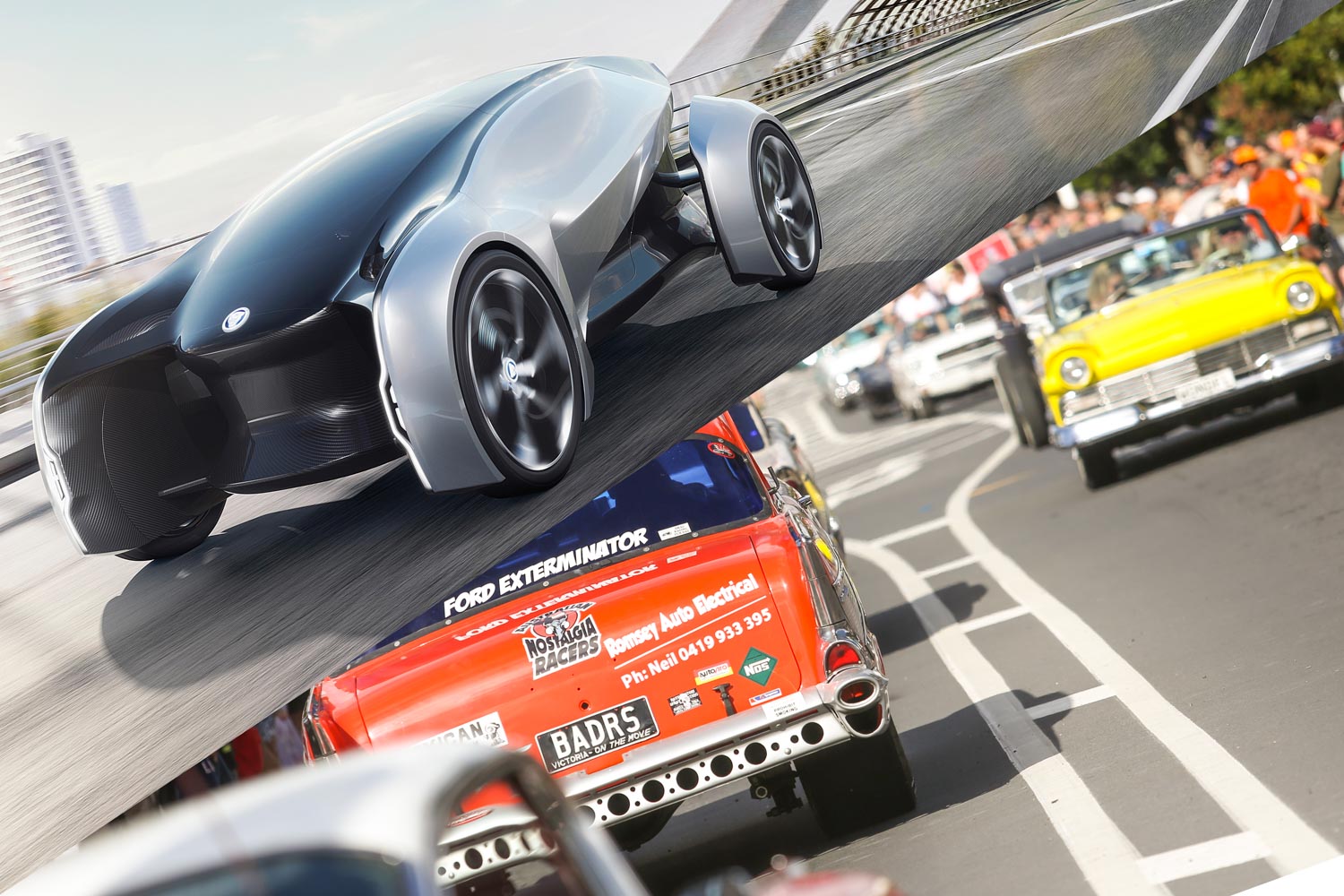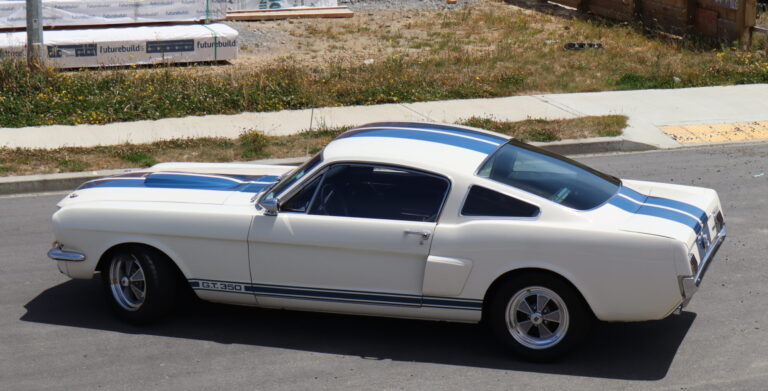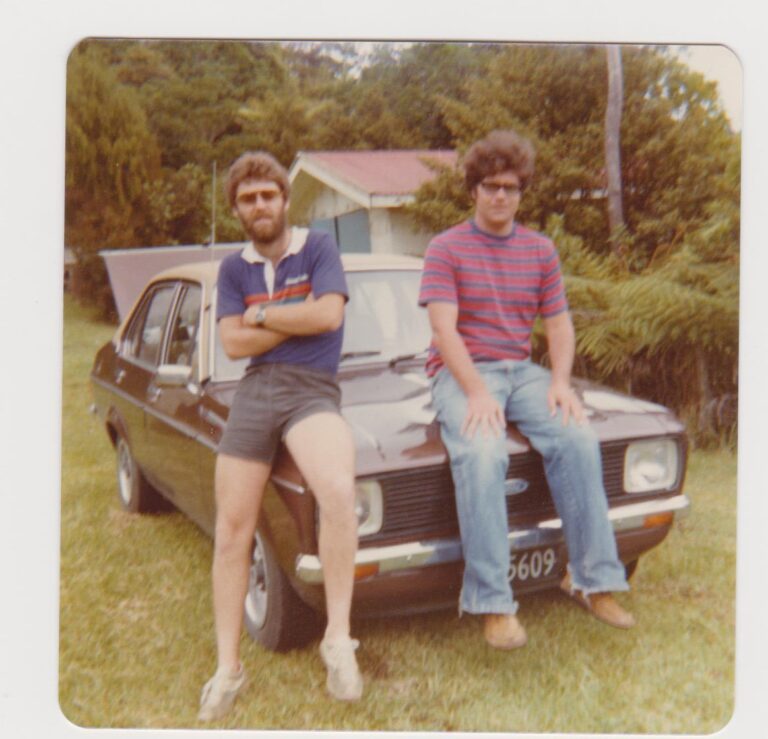Simply because it’s too important not to be talking about, here’s a reminder from Andrew at Special Interest Vehicle Association of New Zealand (SIVANZ) about the impending fate of all combustion-engined vehicles — let the message spread throughout the internet and get behind the cause of ensuring what we all love stays around for years to come

In some way, shape or form, Special Interest Vehicle owners are going to be affected by a growing emphasis on climate change and the reduction of emissions. The New Zealand Productivity Commission has recently completed a hefty 503 page draft report to government on the Low Emissions economy that, while a positive step towards a cleaner and more sustainable future, could very much affect the way we enjoy cars in the very near future.
The Transport section (Chapter 11 — Transport) is a scary proposition that looks like a standard economic catch-all theory which doesn’t take into account special interest vehicles (the fossil-fuelled kind). The concern is how our SIV fleet may be compared against the rest of the ageing fossil-fuelled fleet and then compared against the emissions of the EV technology — could we be phased out in the name of environmental friendliness or simply legislated off the road as collateral damage in achieving a political end (2030 Paris Accord goal). Andrew Ferrier-Kerr from the Special Interest Vehicle Association of New Zealand (SIVANZ) tells us that, of the 268 submissions made to the Productivity Commission’s draft report, only two represented the special interest vehicle fraternity.
The SIVANZ submission raises critical questions around the consideration of our existing fossil-fuelled vehicles that have yet to be answered. See sivanz.co.nz for the submission and other information. The Productivity Commission report is final and with politicians for analysis and for them to determine what solutions will provide best fit for the future. The issue for owners is that the SIV fleet is not mentioned specifically which should raise concerns in the minds of every SIV owner.
SIV owners need to have a voice and whatever action is required to be heard, it has to be taken now to ensure special interest vehicles are considered now rather than when it’s written into law and too late.
For more detail on the subject, visit the SIVANZ website here.


